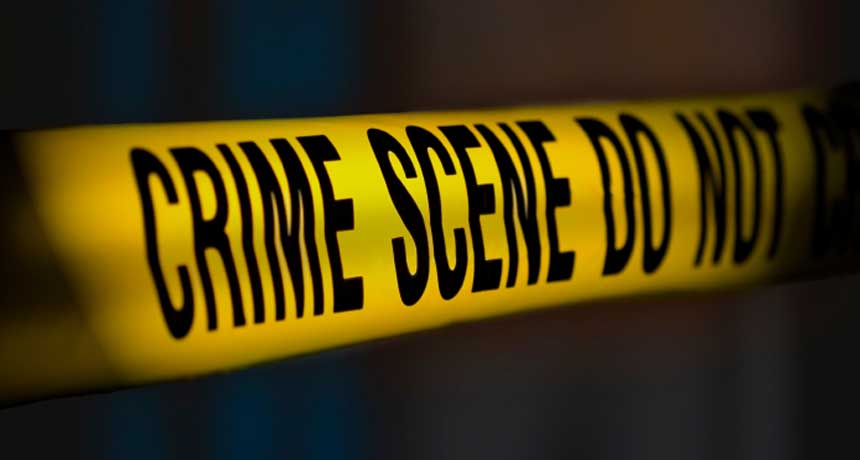Scientists Say: Forensics
This is the science and technology of criminal investigation

Crime scenes often need scientists to find out whodunnit.
Brandon Anderson/ Flickr (CC BY-NC-ND 2.0) (Image has been cropped from original)
This is the science and technology of criminal investigation

Crime scenes often need scientists to find out whodunnit.
Brandon Anderson/ Flickr (CC BY-NC-ND 2.0) (Image has been cropped from original)